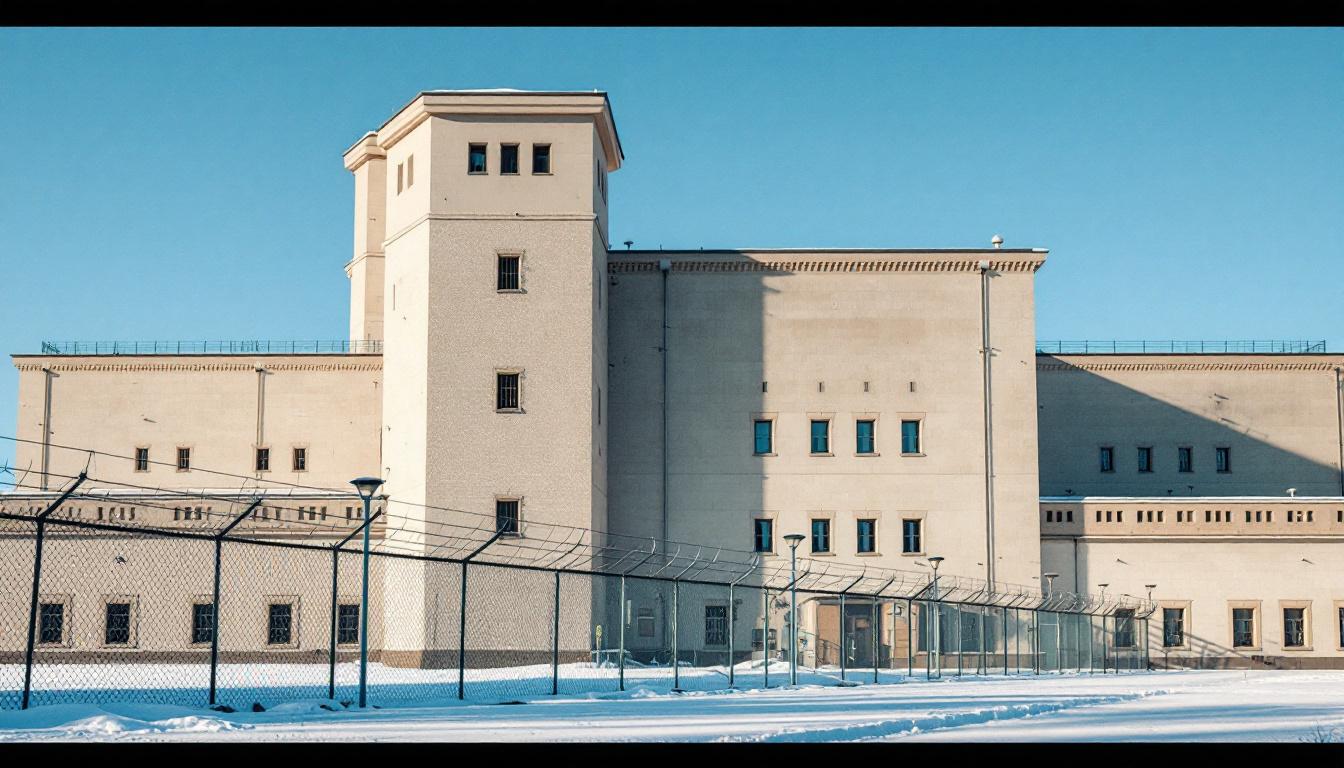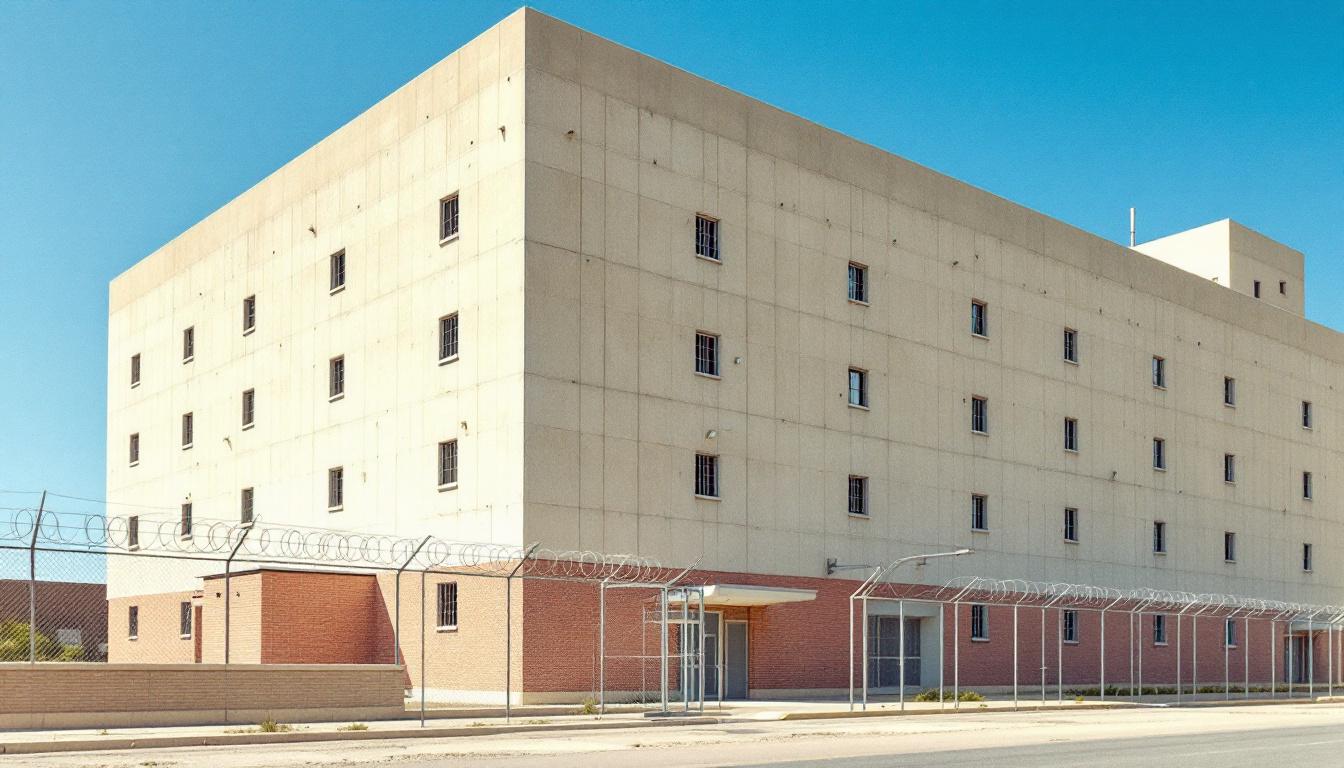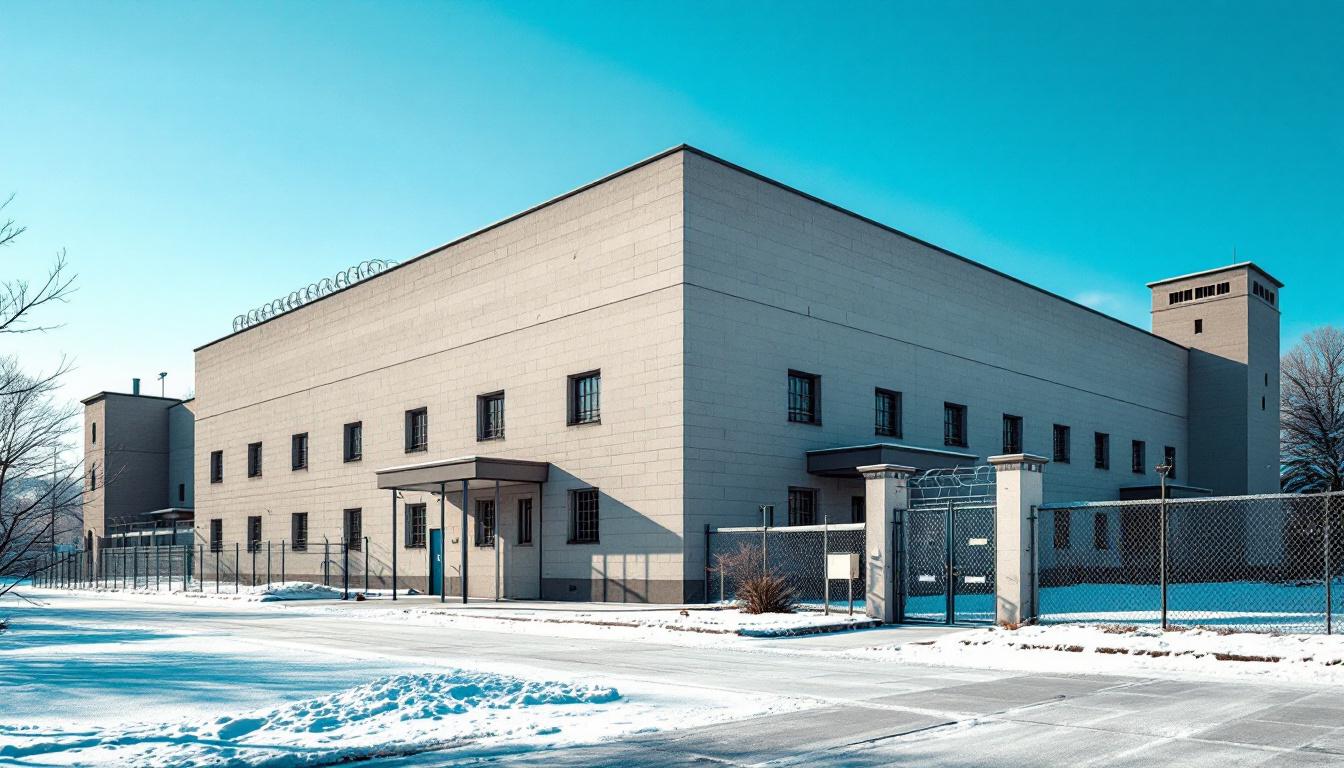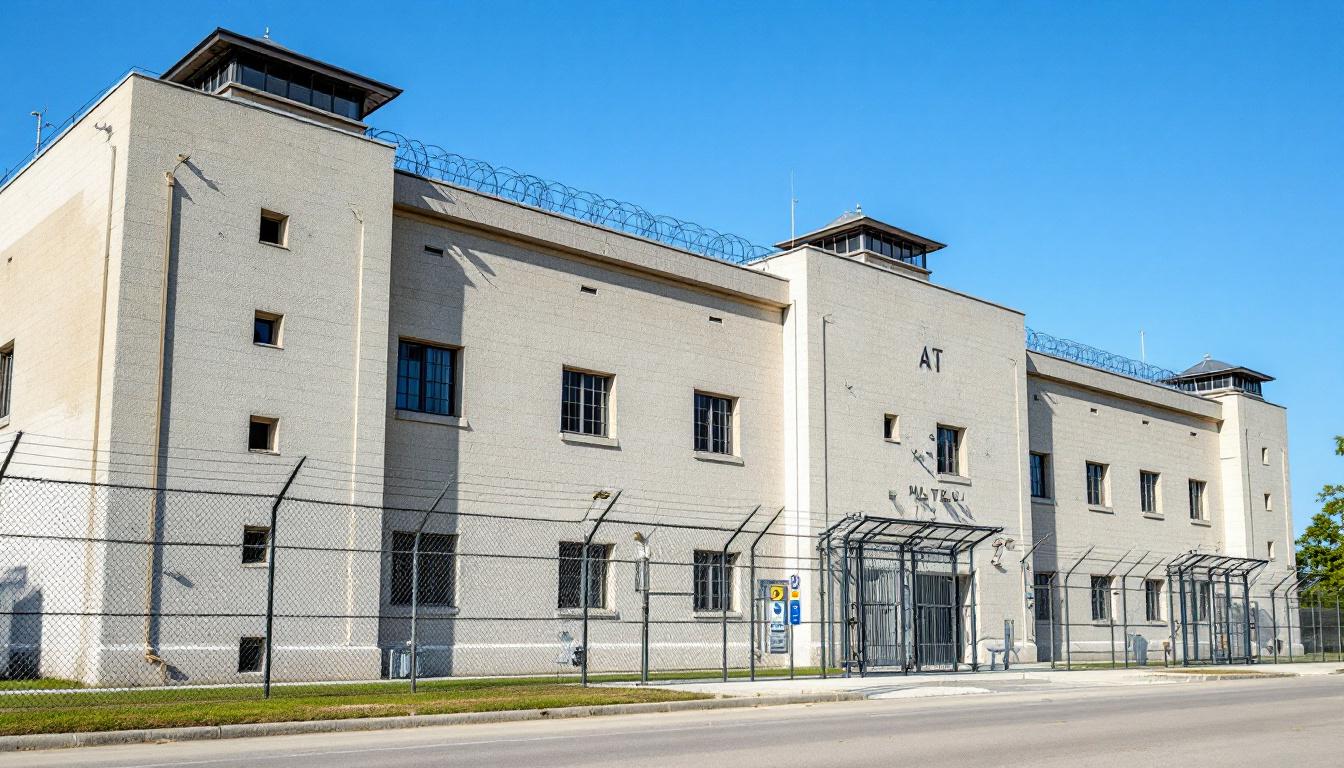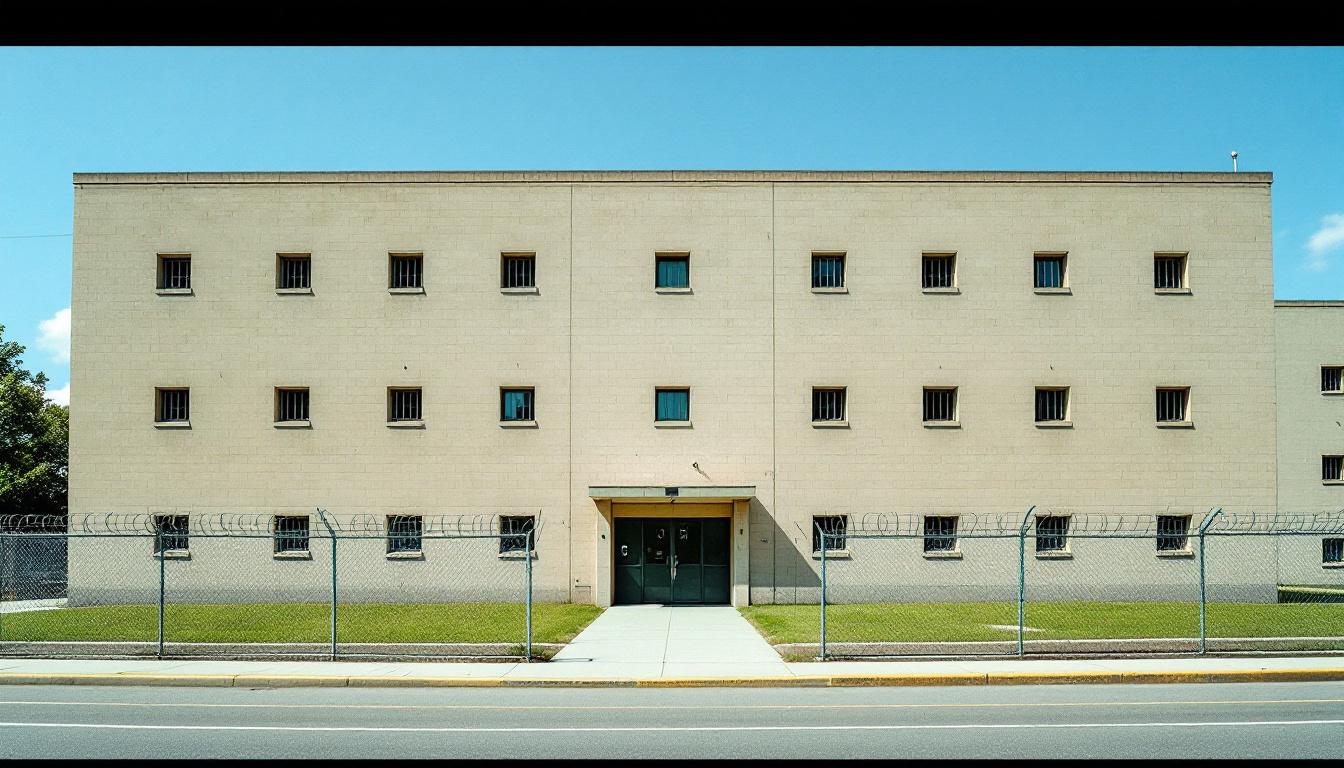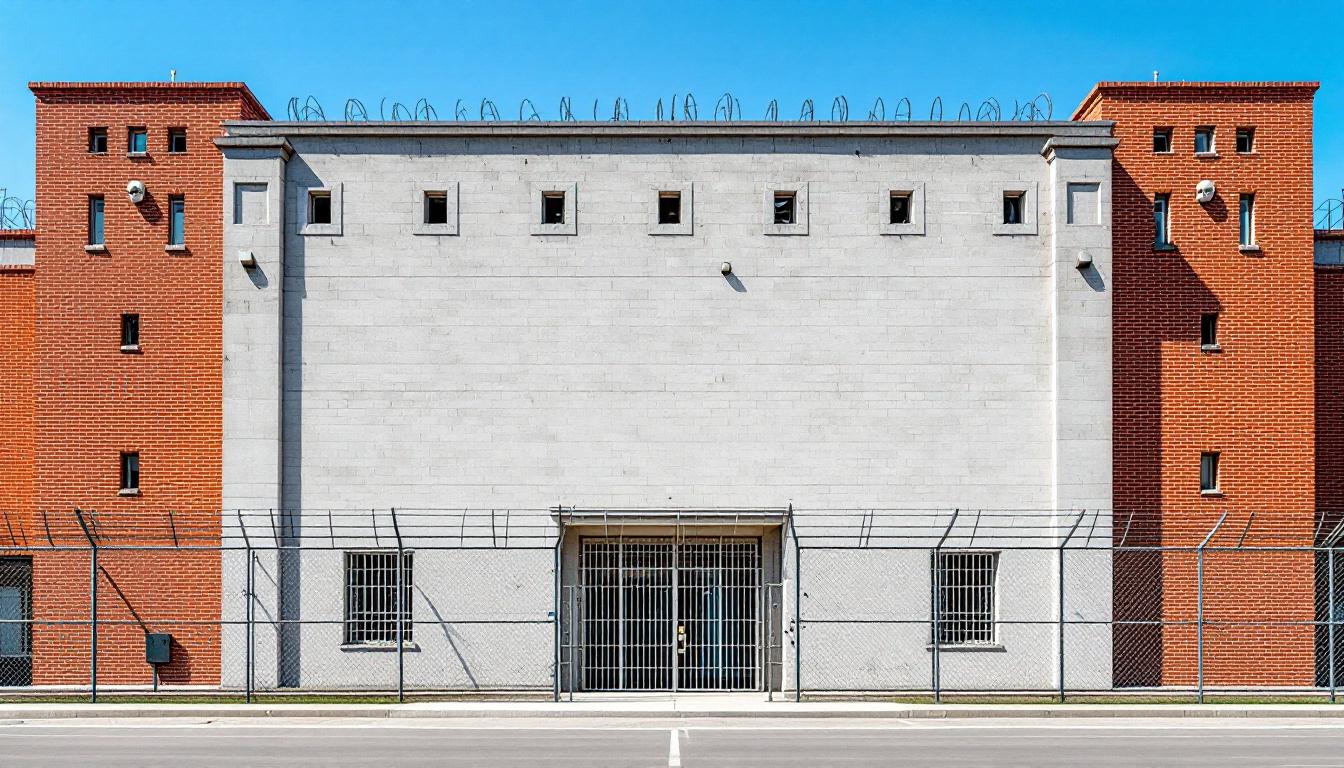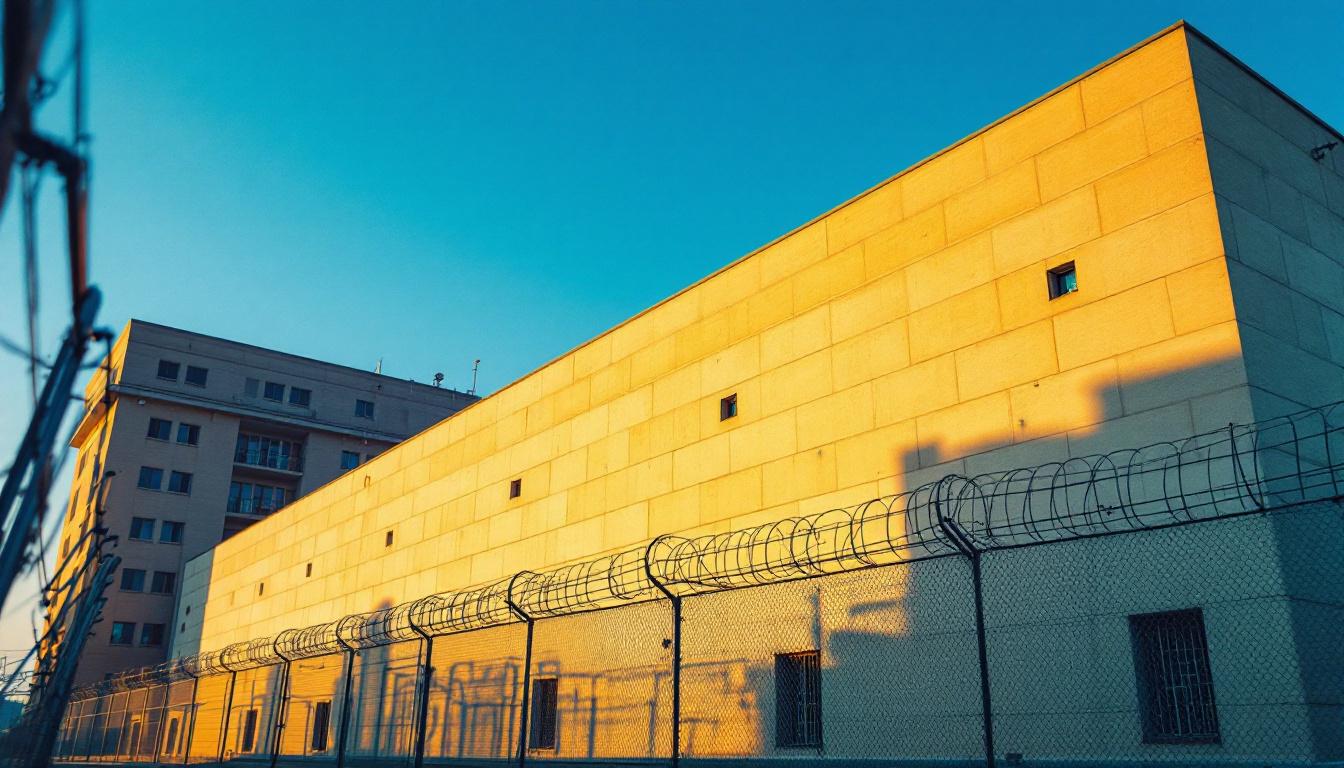
Quick Navigation
How to contact an inmate at Arizona Department of Corrections, Bachman Unit
This comprehensive guide will walk you through how to connect with an inmate at Arizona Department of Corrections, Bachman Unit. Follow the steps below to find an inmate and send letters and photos:
- Search for the inmate using our search tool below
- Create your account or log in to Penmate
- Write your message (up to 6,000 characters)
- Send instantly - inmates receive printed copies daily
Find an Inmate
Search for an inmate to start communicating today
Tip: You can search by first name, last name, or inmate ID number
To contact a person at Arizona Department of Corrections, Bachman Unit start by searching for the person on the official facility website. Perform a search by following these steps:
- Step 1: Enter their first name and last name into the search form and click "Search"
- Step 2: Locate their inmate record
- Step 3: Write down their Inmate ID and any housing information provided
Important! Be sure to enter the person's full name. Nicknames should not be used.
How to Send Messages to Inmates

You can use your phone or computer to send emails, letters, and photos to an inmate. Messages are sent electronically to inmate tablets or kiosks at the facility. If you would like to send a message, start by searching for an inmate at Arizona Department of Corrections, Bachman Unit.
Sending Photos and Postcards

A great way to send love and support to a loved one at Arizona Department of Corrections, Bachman Unit is to send photos and postcards. It only takes a few minutes to send photos from your phone and it makes a huge difference. You can also mail postcards with words of support and inspiration, or design your own postcard for special moments like birthdays and holidays.
Important! Be sure not to send any explicit photos or they may not be approved by the facility. You can also use a photo printing app like Penmate to make sure your photos are printed at the correct size (4x6 or 3x5) and are mailed according to the rules and regulations of Arizona Department of Corrections, Bachman Unit.
Frequently asked questions about Arizona Department of Corrections, Bachman Unit
-
How long does it take to deliver a message?
If you're sending an email message your letter is usually delivered within 24-48 hours. For messages sent via mail you should expect delivery within 3-7 days. All messages will need be approved by Arizona Department of Corrections, Bachman Unit.
-
How much does it cost to send a message to Arizona Department of Corrections, Bachman Unit?
You can send a message free using your phone or mail a message via USPS for the price of a $0.60 stamp and envelope. You can also purchase credits or e-stamps from services starting at $1.99.
-
What services can I use to contact an inmate at Arizona Department of Corrections, Bachman Unit?
Penmate
You can use Penmate to send letters and photos to an inmate from your phone. It's an easy way to stay in touch during your loved one's incarceration. Use the inmate locator to find an inmate's location and contact information, then you can send messages within a few minutes.
Securus messaging
Securus may be another option for communicating with an inmate at Arizona Department of Corrections, Bachman Unit. You can create a friends and family account and purchase credits to send messages. All messages will be reviewed and must be approved by the facility.
JPay
Some county jails and state prisons may support sending messages with JPay. You must register an account with the system, find your loved one, and purchase stamps to send messages. For some locations you can also attach photos.
Smart Jail Mail
You may also check if Smart Jail Mail is available at Arizona Department of Corrections, Bachman Unit. Smart Jail Mail is operated by Smart Communications and has contracted with some state and county jails. After purchasing credits, your messages and photos are sent to the facility, printed out, and then handed out to your loved one.
-
What is the mailing address of Arizona Department of Corrections, Bachman Unit?
Mailing address:
Arizona Department of Corrections, Bachman Unit
25550 AZ-85
Buckeye, AZ 85326
-
What are the visiting hours at Arizona Department of Corrections, Bachman Unit?
Visiting hours at Arizona Department of Corrections, Bachman Unit vary by housing unit and security level. Generally, visits are scheduled on weekends and holidays, with some facilities offering weekday visits. Contact the facility directly for the current visiting schedule. Visits typically last 30-60 minutes and must be scheduled in advance.
-
What items are prohibited when sending mail to Arizona Department of Corrections, Bachman Unit?
Prohibited items typically include: cash, personal checks, stamps, stickers, glitter, glue, tape, staples, paperclips, polaroid photos, musical or blank greeting cards, hardcover books, magazines with staples, and any items containing metal or electronics. Only send letters on plain white paper with blue or black ink. Photos must be printed on regular photo paper (no Polaroids). Always check with Arizona Department of Corrections, Bachman Unit for their specific mail policies.
-
How do I send money to an inmate at Arizona Department of Corrections, Bachman Unit?
You can send money to an inmate at Arizona Department of Corrections, Bachman Unit through several methods: 1) Online using JPay, Access Corrections, or the facility's approved vendor, 2) Money orders mailed directly to the facility with the inmate's name and ID number, 3) Kiosks located in the facility lobby, or 4) Over the phone using a credit or debit card. Fees vary by method, typically ranging from $2.95 to $11.95 per transaction.
-
Can I schedule a video visit with an inmate at Arizona Department of Corrections, Bachman Unit?
Many facilities now offer video visitation as an alternative to in-person visits. At Arizona Department of Corrections, Bachman Unit, video visits may be available through services like Penmate, Securus Video Connect, GTL, or ICSolutions. Video visits typically cost $10-20 for 20-30 minutes and must be scheduled in advance. You'll need a computer or smartphone with a camera and reliable internet connection. Contact the facility for their specific video visitation policies and approved vendors.
-
What identification do I need to visit an inmate at Arizona Department of Corrections, Bachman Unit?
All visitors must present valid government-issued photo identification such as a driver's license, state ID, passport, or military ID. Minors must be accompanied by a parent or legal guardian who can provide the minor's birth certificate. Some facilities require visitors to be on the inmate's approved visitation list, which may require a background check. Contact Arizona Department of Corrections, Bachman Unit for specific ID requirements and visitor approval procedures.
-
How can I find out an inmate's release date?
To find an inmate's release date at Arizona Department of Corrections, Bachman Unit, you can: 1) Use the online inmate search tool if available, 2) Call the facility's records department, 3) Contact the inmate's case manager or counselor, or 4) Have the inmate provide this information during a call or visit. For privacy reasons, some facilities only release this information to immediate family members.
Facility Overview
Contact Information
Arizona Department of Corrections, Bachman Unit25550 AZ-85
Buckeye, AZ 85326
Official Website
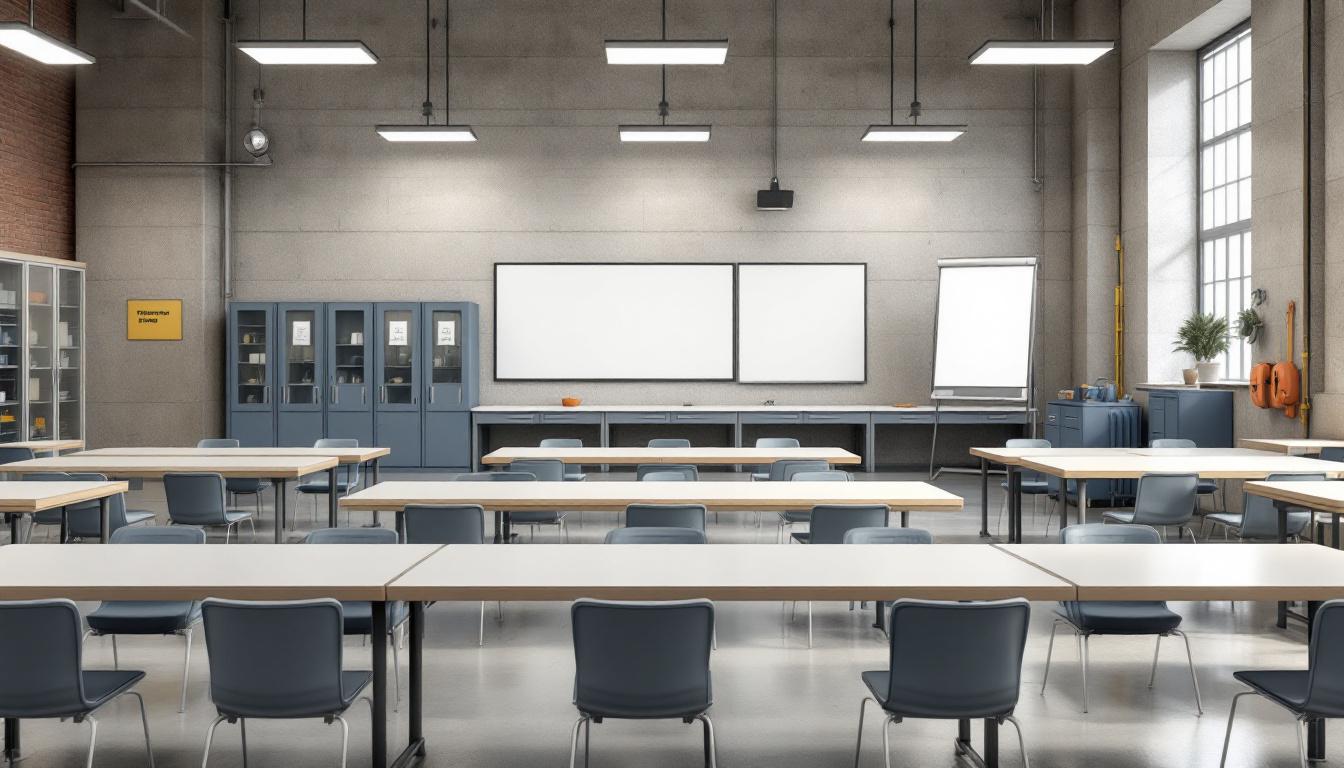
About Arizona Department of Corrections, Bachman Unit
Nestled within the desert landscape of Buckeye, Arizona, the ASPC Lewis, Bachman Unit operates as an integral component of the state's broader correctional framework, where the vast mountain region backdrop provides a distinctive setting for rehabilitation efforts. This AZ correctional facility typically emphasizes systematic approaches to resident development, working to create pathways that may lead to successful community reintegration upon release.
The facility generally focuses on delivering residents services through various educational and vocational programming opportunities that often align with community workforce needs. Partnerships with local organizations and regional service providers may enhance the rehabilitation process, creating connections between incarcerated individuals and the resources they will encounter after their release. These collaborative efforts typically include educational initiatives, job training programs, and life skills development that prepare residents for the challenges of transitioning back into Arizona communities.
Through its role within the correctional system, the Bachman Unit generally operates with an outcome-driven philosophy that recognizes successful reentry as beneficial for both individuals and the broader Buckeye community. The facility's programming approach may incorporate evidence-based practices designed to address the underlying factors that contribute to criminal behavior, while fostering personal accountability and positive behavioral changes that can lead to reduced recidivism rates throughout the region.
Programs & Services
Educational initiatives form the cornerstone of rehabilitation efforts, with comprehensive programming designed to address fundamental skill gaps while preparing residents for successful community reintegration. The facility typically emphasizes a multi-tiered approach that recognizes varying educational backgrounds and career aspirations among participants. Through structured learning environments, residents may access both foundational literacy instruction and advanced educational opportunities that foster critical thinking and practical application of knowledge.
Academic programming often includes basic education services alongside specialized financial literacy instruction, equipping residents with essential money management skills crucial for post-release stability. These educational initiatives may deliver coursework through individualized learning plans that accommodate different learning styles and paces. Vocational training components frequently complement traditional academics, offering residents opportunities to develop marketable skills in various trades and service industries. Work programs within the facility typically provide hands-on experience in areas such as janitorial services, allowing participants to build both technical competencies and workplace readiness skills.
In addition to these foundational offerings, therapeutic initiatives address underlying issues that may have contributed to criminal behavior, with substance abuse treatment programs often forming a critical component of comprehensive rehabilitation planning. Work release programs may provide qualified residents with supervised opportunities to maintain employment in the community while completing their sentences, facilitating gradual reintegration and economic stability. Wellness programs typically complement these services by addressing physical and mental health needs, recognizing that holistic well-being significantly impacts successful rehabilitation outcomes and long-term community safety.
Daily Life & Visitation

The rhythmic sound of doors unlocking now signals the beginning of each structured day, as residents regularly move through carefully orchestrated routines that deliver predictability and order to their daily experience. Count times occur at regular intervals throughout the day, providing checkpoints that help residents navigate their schedules, while meal periods typically follow consistent timing that allows individuals to plan their activities around these anchor points. Work assignments generally begin in the morning hours, with residents participating in various facility operations including kitchen duties, maintenance tasks, laundry services, and grounds keeping, creating a sense of purpose and responsibility within the structured environment.
In addition to this daily framework, living accommodations typically consist of shared cells or dormitory-style housing units where residents maintain personal spaces within the facility's security requirements. Meals are usually served in designated dining areas at scheduled times, with residents following established procedures for movement to and from these locations. The commissary system generally allows residents to purchase approved personal items and food products, providing some degree of personal choice within the regulated environment, while personal property policies typically permit residents to maintain limited belongings that help create familiarity in their living spaces.
Despite this structured environment, recreational opportunities regularly deliver important outlets for physical activity and social interaction, with residents usually having access to outdoor recreation yards, indoor common areas, and organized activities during designated periods. Visitation policies generally allow approved family members and friends to maintain connections through scheduled visits, while communication options typically include monitored telephone calls and correspondence that help residents preserve important relationships. Educational and vocational programming often provides residents with opportunities to develop skills and work toward personal goals, creating pathways for growth within the facility's structured framework that extends beyond basic daily routines.
Ready to Connect?
Start communicating with your loved one today
Search for an Inmate
